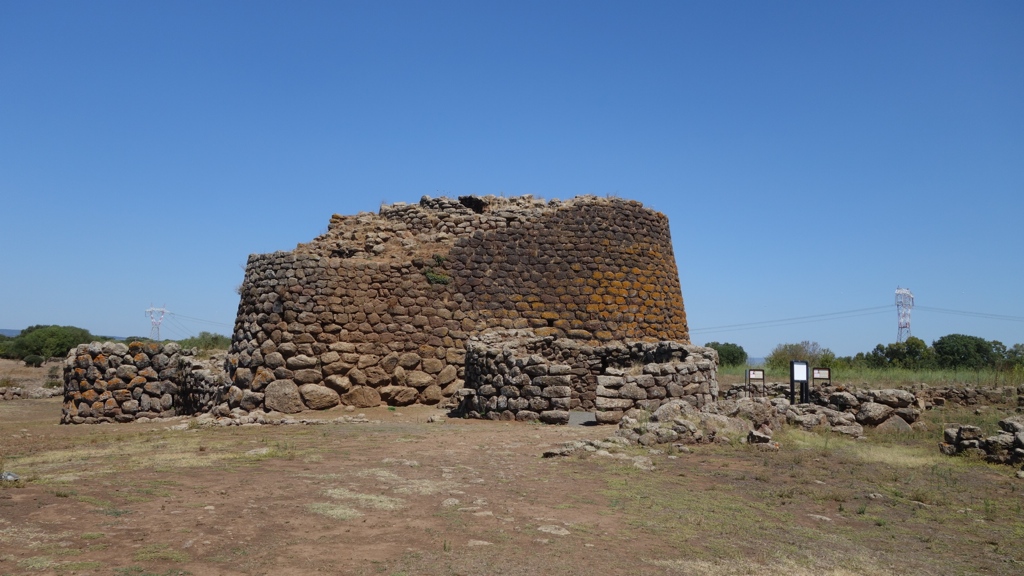A nuraghe, in Sardinian nuraghe or nuraxi and in Italian nuraghi, is a type of megalithic building, and that go back to years previous to the 1000 a. C. They have become the symbol of Sardinia and its distinctive culture.
The Nuraghe Losa is one of the highest expressions of Nurgica architecture due to its organic design, its compact shape and the sophistication of the construction techniques used. These constructions were inhabited even in the Iron Age.
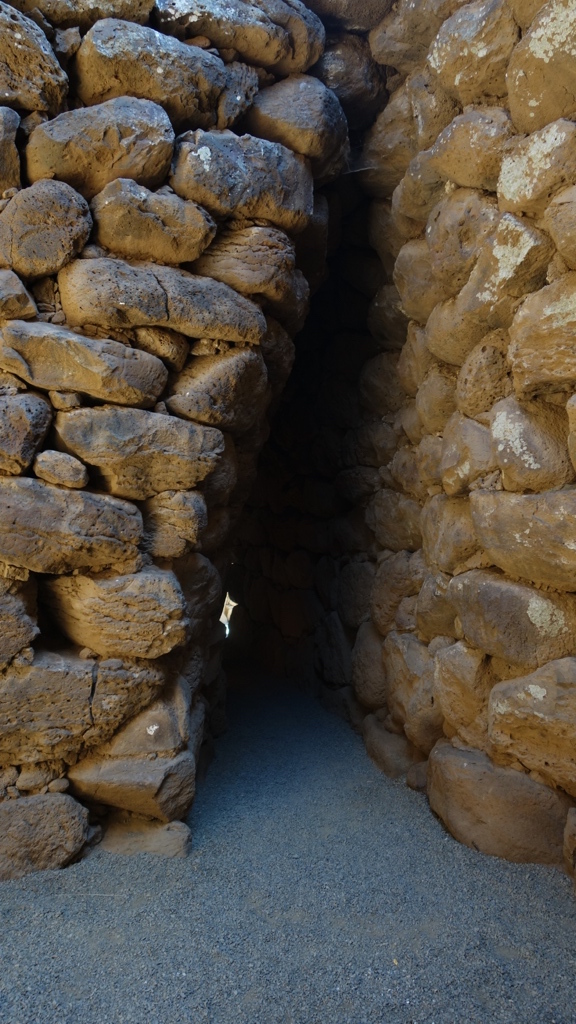
The Nuraghe is built with blocks of basalt, and consists of a tower and a wall in the form of clover around it.
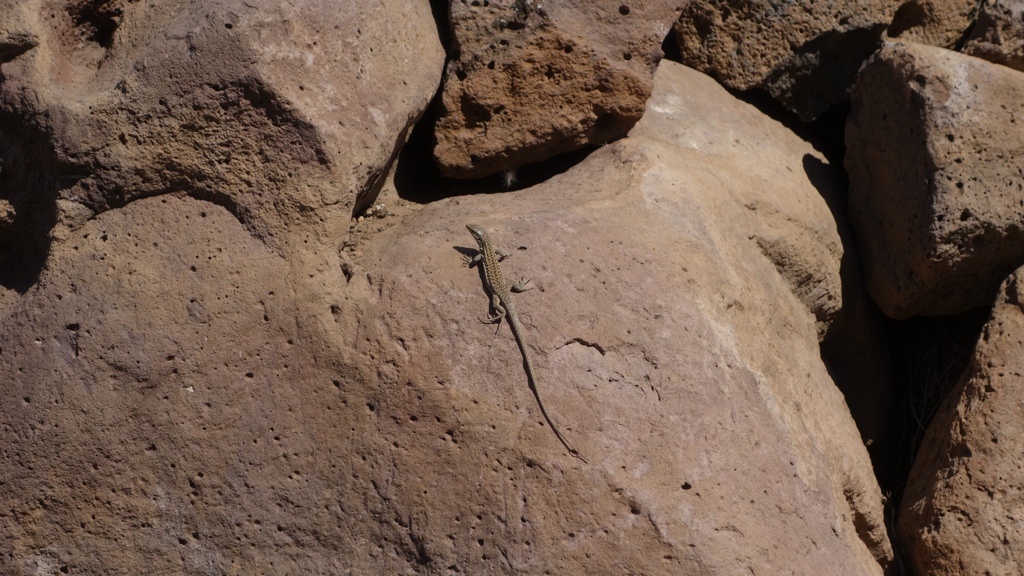
Comment of the tourist: There is no excuse for not visiting if you cross the island from north to south or vice versa, as it is next to the motorway and the visit will not take more than an hour. In the middle of summer, it is most pleasant to make your visit taking advantage of to pause our tour. Once inside, we can see how well these buildings are built and how they maintain a cool temperature inside.
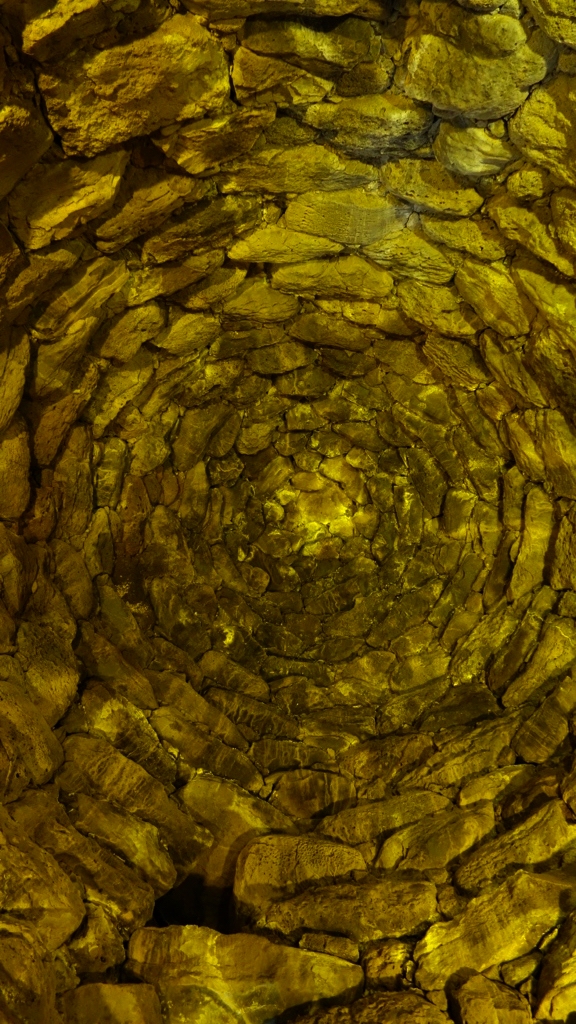
If we are lucky that there are not many visitors, we can feel what life must have been in those distant times, touching its stones, resting inside, listening to the sounds of wind and insects … and letting ourselves be carried away by the magic of the place. It is very special.
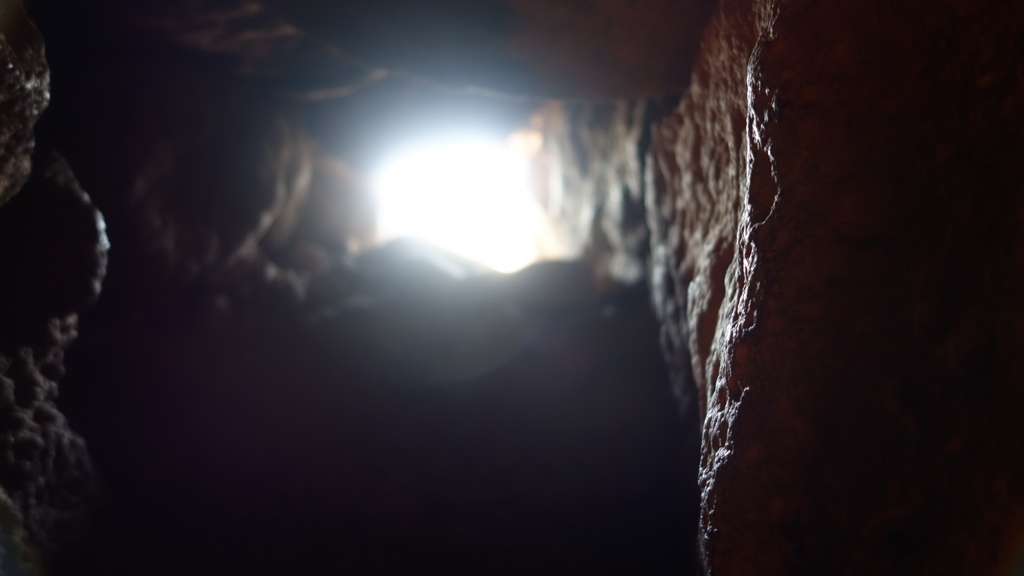
Comment of the local: the Nuraghe Losa is part of an archaeological site of great importance in Sardinia. Besides the dolmens, nobody can miss the visit to the sacred pozzo Santa Cristina (well of Santa Cristina). It is not far from the nuraghe Losa and you can also reach it from the same road 131, you only have to follow the indications at the height of Paulilatino.
Santa Cristina is also one of the most beautiful architectural examples of the island, has an ogival form and is characterized by a ipogeic environment. In fact, it penetrates to the depths and to reach the bottom has a ladder made of basalt.
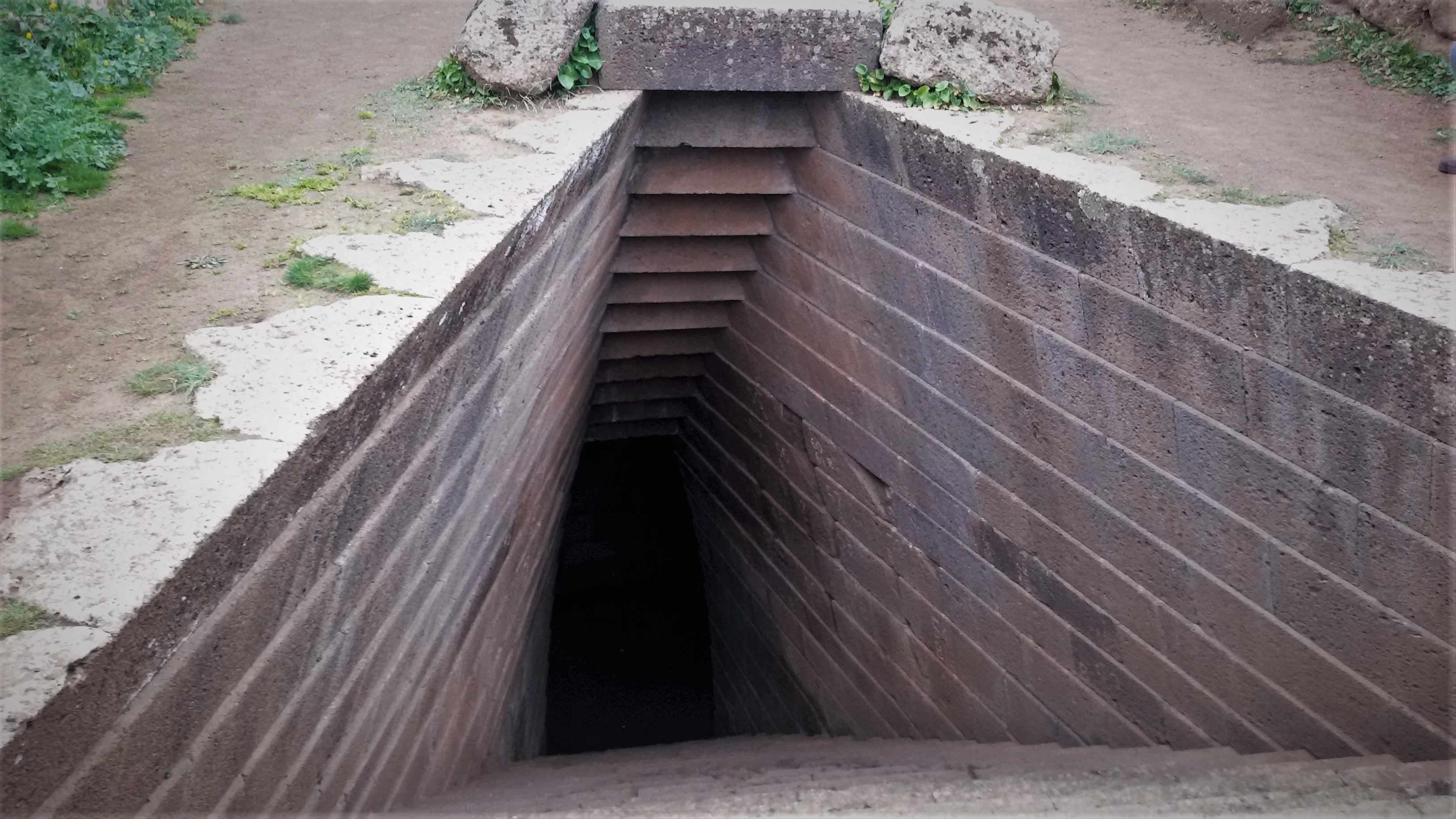
The singularity of the place is due not only to its architectural perfection with which the temple has been built but also to its position: on full moon nights, the moon’s path coincides perfectly with the entrance slot. There are many occasions that night tours are organized during these specific periods.
Around the pit was a village of huts, but they have not stayed well with time.
The presence and the discovery of artifacts and ceramic materials allow to identify the moment in which the zone was inhabited, and that period goes back to the iron age.
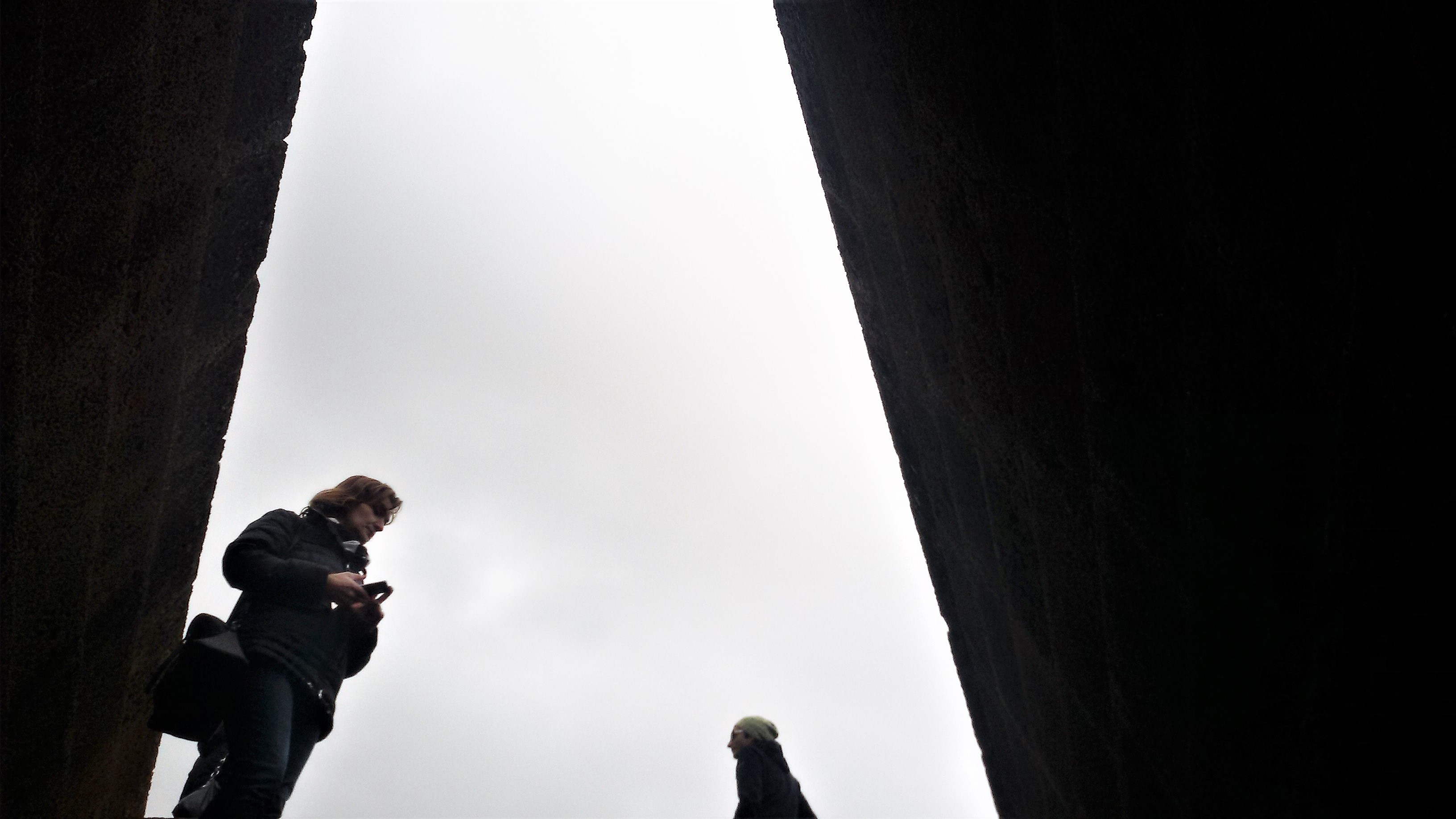
Before reaching the well there is a small village, very similar to San Salvatore in Cabras.
It is characterized by a series of small houses called also muristenes. The town is from the Christian era, and in May the feast of the martyr Santa Cristina is celebrated. According to the Christian legend, she was locked in the well and died there.
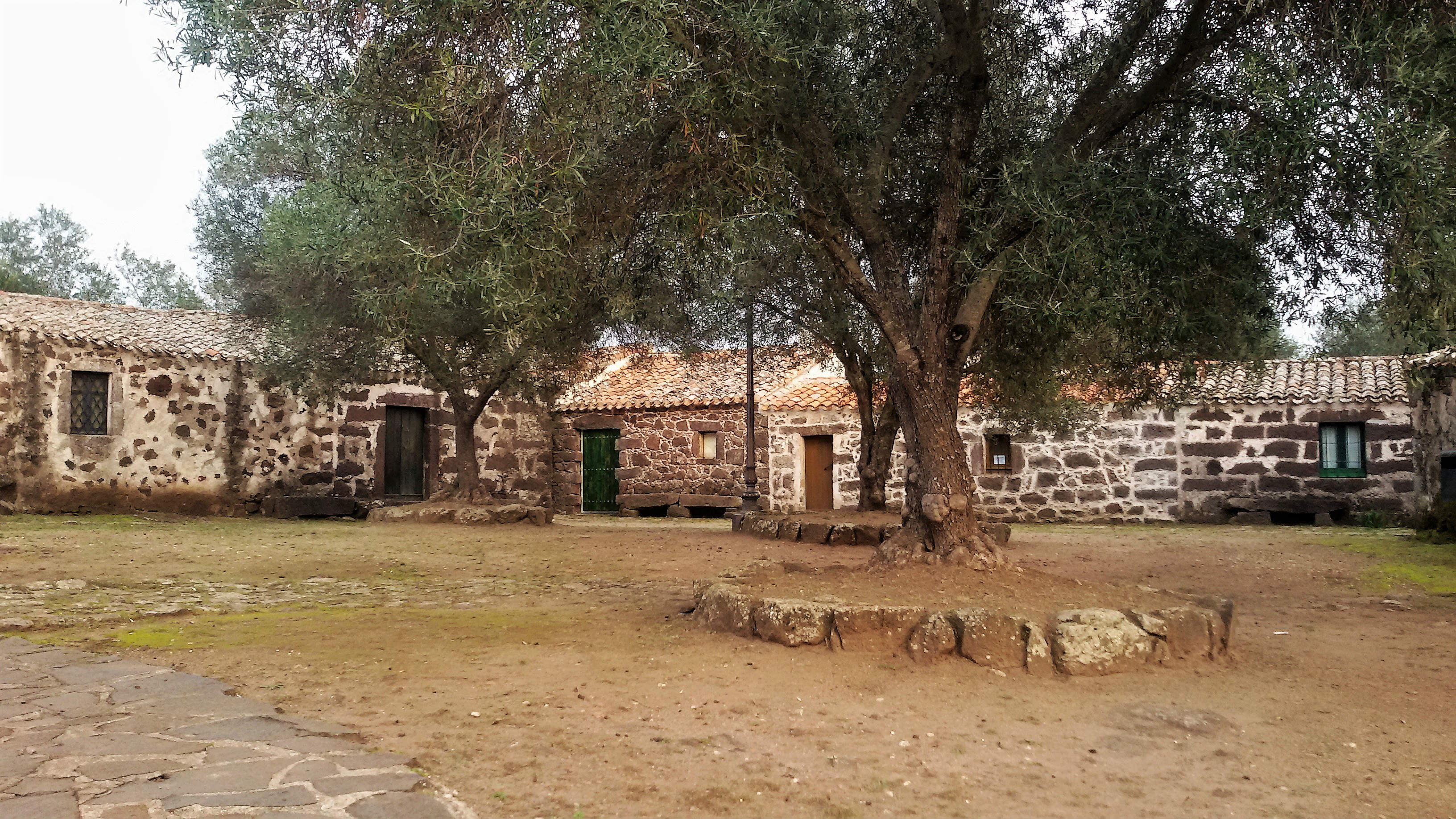
Location Nuraghe Losa: https://www.google.es/maps/place/Nuraghe Losa
Location Pozzo Santa Cristina: https://www.google.it/maps/place/pozzo di santa cristina
